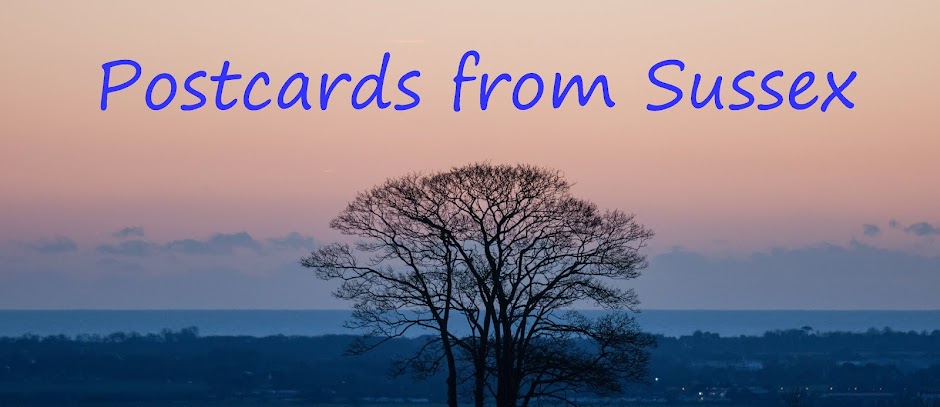 |
Tundra Bean Goose, Anser fabalis &
Greylag Goose, Anser anser at rear |
Yesterday I revisited the river Arun at Warningcamp. The
Bar-headed Goose was still with his four Canadian pals. Further round the river bend I found
34 Greylags. I managed to spot the two Bean Geese among
them. The beak patterns indicate that they may belong to the two subspecies
Taiga and Tundra. Some people believe they are both Tundra. The names refer to the habitat of each subspecies.
Taiga is boreal forest,
characterized by coniferous forests. It is found between the tundra, and the temperate forest,
generally 50°N to 70°N.
Tundra is north of the Taiga where tree growth is hindered by low
temperatures and short growing seasons and vegetation is composed of dwarf
shrubs, sedges and grasses, mosses, and lichens.
Afterwards I called into the Arundel WWT.
 |
Taiga Bean Goose on left with Tundra Bean Goose
with Greylag Goose resting |
 |
Canada Goose, Branta canadensis &
Bar-headed Goose, Anser indicus |
 |
| Bar-headed Goose, Anser indicus |
 |
| Bar-head with his Canadian pals |
 |
| Cormorants, Phalacrocorax carbo |
 |
| Greylag Geese, Anser anser |
My parents had 3 flying ducks on the wall in the 50s
 |
| Greylag Geese, Anser anser |
 |
| Greylag Goose, Anser anser |
 |
| Black Swedish Mallard at Arundel WWT |



















,+Vanellus+vanellus+7024.jpg)




































